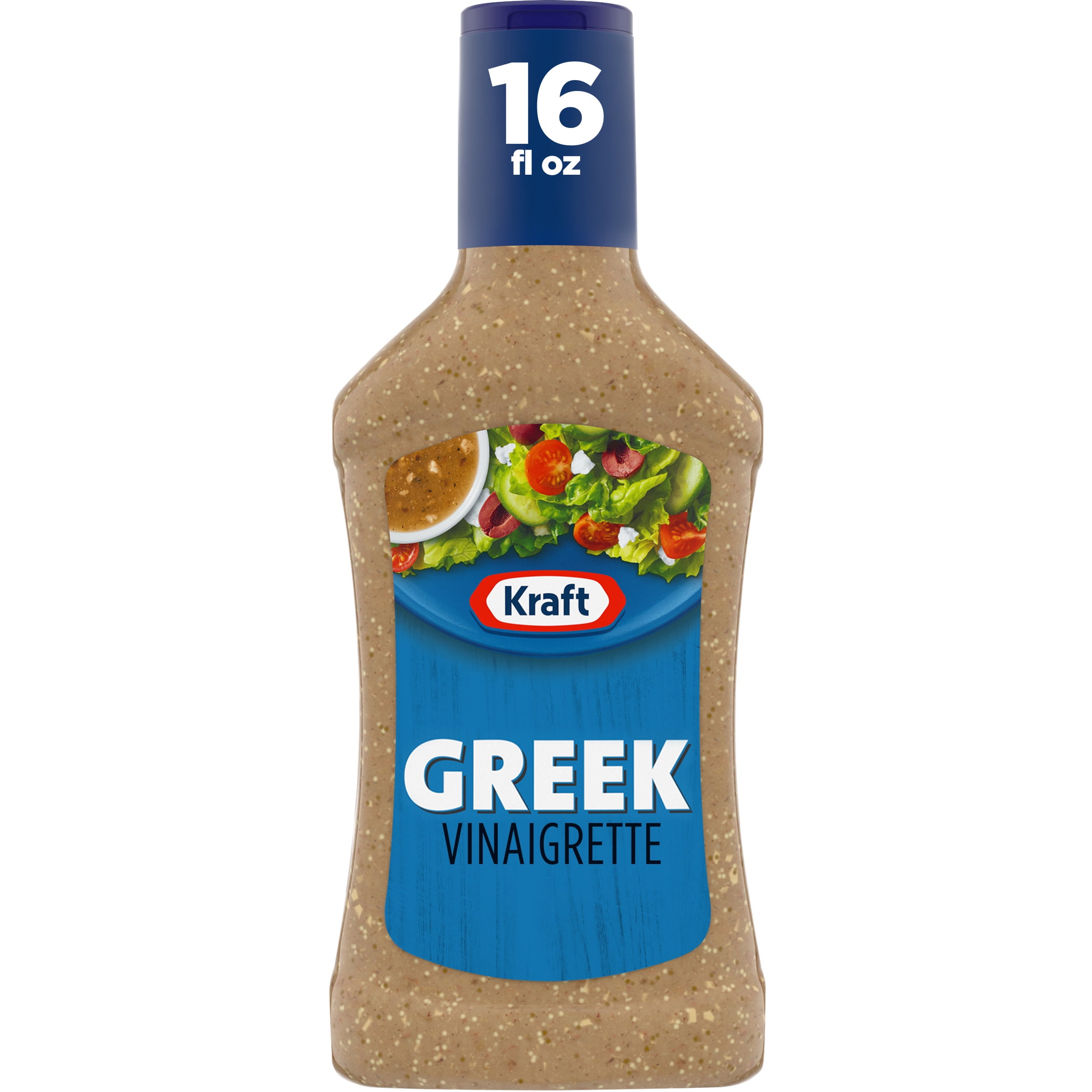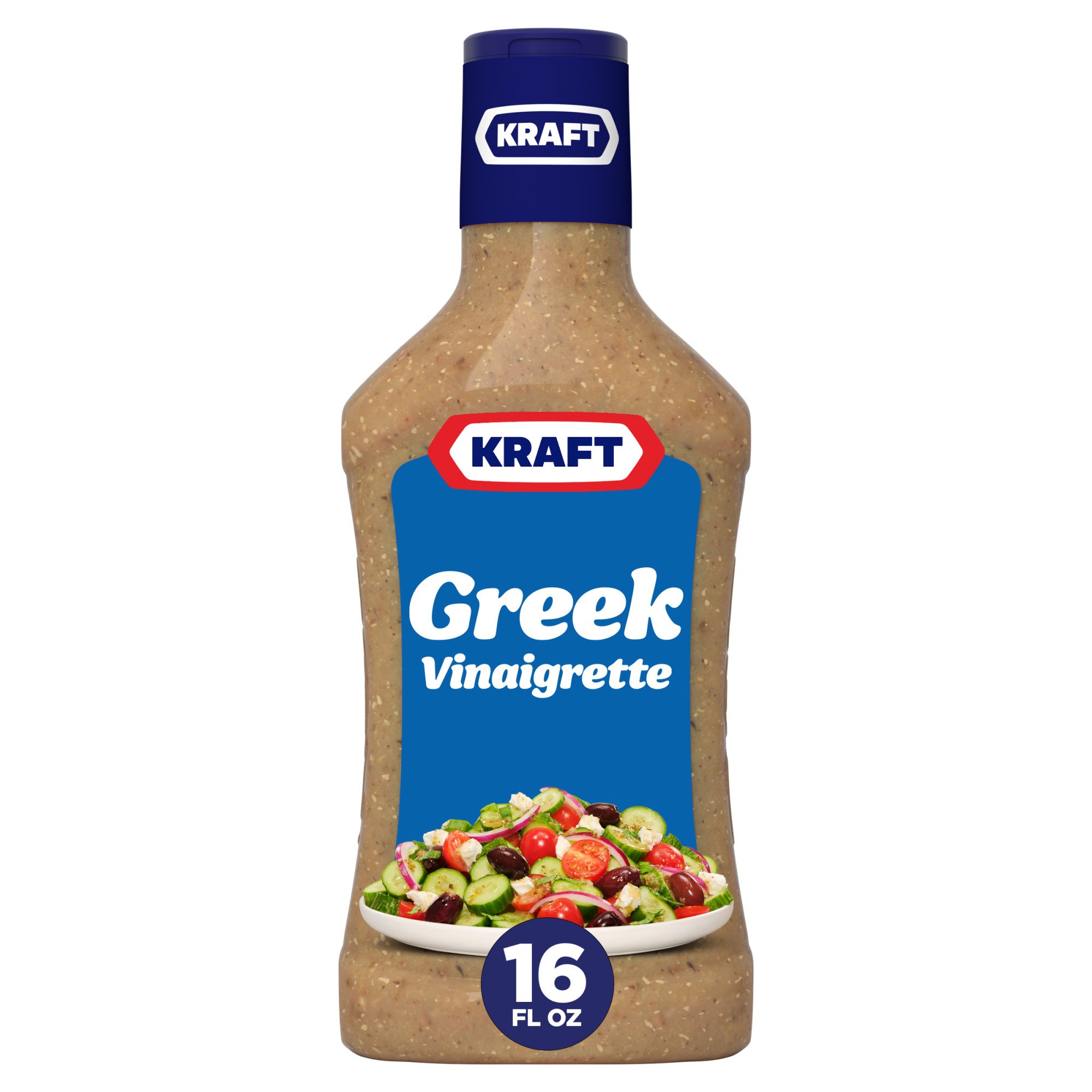Greek Vinaigrette Recipe
Greek vinaigrette recipe is more than just a dressing; it’s a culinary adventure that transports your taste buds to the sun-drenched shores of Greece. This vibrant blend of olive oil, lemon juice, and herbs embodies the essence of Mediterranean cuisine, offering a refreshing and flavorful experience that elevates any dish.
The history of Greek vinaigrette dates back centuries, with its roots intertwined with the ancient Greek culture. This simple yet sophisticated dressing has been a staple in Greek kitchens for generations, passed down through families and embraced by culinary enthusiasts worldwide.
Its versatility is unmatched, making it a perfect accompaniment to salads, grilled meats, roasted vegetables, and even dips.
Introduction to Greek Vinaigrette
Greek vinaigrette, a staple in Mediterranean cuisine, is a simple yet flavorful dressing that adds a burst of bright and tangy notes to any dish. Its origins can be traced back to ancient Greece, where olive oil and vinegar were used to create flavorful sauces for various culinary creations.
The vinaigrette’s unique character stems from the harmonious blend of fresh herbs, tangy lemon juice, and robust olive oil, resulting in a dressing that complements both savory and sweet dishes.
Key Ingredients and Their Roles, Greek vinaigrette recipe
The key ingredients in Greek vinaigrette contribute significantly to its distinct flavor profile. Olive oil, the foundation of the dressing, provides richness and a smooth texture. Lemon juice, with its tangy acidity, balances the richness of the olive oil and adds a refreshing touch.
Fresh herbs, typically oregano, thyme, and parsley, contribute a vibrant aroma and earthy notes. Salt and pepper are used to enhance the overall flavor and create a well-rounded taste.
Versatility of Greek Vinaigrette
Greek vinaigrette is incredibly versatile and can be used in a wide array of dishes. It’s a classic accompaniment to salads, adding a burst of flavor to fresh greens and vegetables. The dressing can also be used as a marinade for chicken, fish, or tofu, infusing the meat with a delicious Mediterranean taste.
Additionally, Greek vinaigrette can be incorporated into dips, sauces, and even used as a finishing touch for roasted vegetables.
Classic Greek Vinaigrette Recipe

This recipe yields a classic Greek vinaigrette with a perfect balance of tangy and savory flavors.
Ingredients:
- 1/4 cup extra virgin olive oil
- 2 tablespoons red wine vinegar
- 1 tablespoon lemon juice
- 1 teaspoon dried oregano
- 1/2 teaspoon dried thyme
- 1/4 teaspoon salt
- 1/4 teaspoon black pepper
Instructions:
- In a small bowl, whisk together the olive oil, red wine vinegar, lemon juice, oregano, thyme, salt, and pepper until well combined.
- Taste and adjust seasonings as needed. For a thicker vinaigrette, add a tablespoon of Dijon mustard.
- Serve immediately or store in an airtight container in the refrigerator for up to a week.
Emulsifying the Dressing
Emulsifying the vinaigrette is crucial for achieving a smooth and creamy texture. This involves whisking the ingredients together vigorously to combine the oil and vinegar into a stable emulsion. To ensure proper emulsification, start by whisking the vinegar and lemon juice, then slowly drizzle in the olive oil while continuously whisking.
Variations and Adaptations
The classic Greek vinaigrette recipe can be customized with different herbs and spices to create a variety of flavor profiles. Experimenting with alternative vinegars can also add depth and complexity to the dressing.
Variations with Herbs and Spices
- Garlic and Dill:Add a clove of minced garlic and a tablespoon of fresh dill for a fragrant and savory variation.
- Lemon and Mint:Substitute oregano and thyme with a tablespoon of fresh mint for a refreshing and citrusy twist.
- Rosemary and Lemon:Incorporate a sprig of rosemary for a more robust and aromatic flavor profile.
Alternative Vinegars
- Red Wine Vinegar:Offers a slightly sweeter and fruitier flavor compared to white wine vinegar.
- Balsamic Vinegar:Adds a rich and complex flavor with notes of caramel and sweetness.
Variations Table:
| Variation | Herbs and Spices | Vinegar | Flavor Profile |
|---|---|---|---|
| Classic | Oregano, Thyme | White Wine Vinegar | Tangy, Earthy, and Aromatic |
| Garlic and Dill | Garlic, Dill | White Wine Vinegar | Savory, Fragrant, and Herbaceous |
| Lemon and Mint | Mint | White Wine Vinegar | Refreshing, Citrusy, and Minty |
| Rosemary and Lemon | Rosemary | White Wine Vinegar | Robust, Aromatic, and Earthy |
| Red Wine Vinegar | Oregano, Thyme | Red Wine Vinegar | Tangy, Fruity, and Earthy |
| Balsamic Vinegar | Oregano, Thyme | Balsamic Vinegar | Sweet, Rich, and Complex |
Serving Suggestions

Greek vinaigrette is a versatile dressing that can be used in various ways. It can be used as a marinade for meats and vegetables, incorporated into salads, dips, and sauces, and even used as a finishing touch for roasted vegetables.
Pairing with Dishes
- Salads:Greek vinaigrette is a perfect accompaniment to salads with fresh greens, tomatoes, cucumbers, olives, and feta cheese.
- Grilled Chicken or Fish:Marinate chicken or fish in Greek vinaigrette for a flavorful and juicy result.
- Roasted Vegetables:Drizzle Greek vinaigrette over roasted vegetables like asparagus, bell peppers, or zucchini for a tangy and flavorful finish.
Creative Uses

- Dip:Combine Greek vinaigrette with crumbled feta cheese and chopped herbs for a delicious dip for pita bread or vegetables.
- Sauce:Use Greek vinaigrette as a base for a creamy sauce by adding mayonnaise or yogurt.
- Marinade:Marinate tofu or tempeh in Greek vinaigrette for a flavorful and protein-rich dish.
Nutritional Information

Greek vinaigrette is a healthy and flavorful dressing that provides a range of nutrients. The olive oil is a rich source of monounsaturated fats, which are beneficial for heart health. Lemon juice is a good source of vitamin C, an antioxidant that supports immune function.
The herbs in the dressing are packed with antioxidants and other beneficial compounds.
Nutritional Breakdown
A typical serving of Greek vinaigrette contains approximately:
- Calories: 150
- Fat: 15 grams
- Carbohydrates: 1 gram
- Protein: 1 gram
Health Benefits
The ingredients in Greek vinaigrette offer several health benefits, including:
- Heart Health:Olive oil contains monounsaturated fats, which can help lower cholesterol levels and reduce the risk of heart disease.
- Antioxidant Properties:The herbs in the dressing are rich in antioxidants, which help protect cells from damage caused by free radicals.
- Digestive Health:Lemon juice can aid digestion and promote a healthy gut microbiome.
Dietary Considerations
Greek vinaigrette is generally considered a healthy dressing option. However, it’s important to note that it is high in fat, so it should be consumed in moderation as part of a balanced diet. Individuals with dietary restrictions should check the ingredients list to ensure the vinaigrette meets their specific needs.
Last Point: Greek Vinaigrette Recipe
With its burst of fresh flavors and vibrant colors, Greek vinaigrette is more than just a dressing; it’s an invitation to explore the world of Mediterranean cuisine. Whether you’re a seasoned cook or a culinary novice, this simple recipe is a gateway to a world of delicious possibilities.
So, grab your ingredients, embrace the simplicity of this classic dressing, and embark on a culinary journey that will leave your taste buds dancing with delight.





Post a Comment for "Greek Vinaigrette Recipe"